One of the greatest joys and challenges of teaching in a progressive school is the ever evolving curriculum. Although the topics for the Units of Exploration are set, the course of study each year is driven by the ideas and questions of each year’s unique group of students; based on their interests we rethink and reshape the projects to provide meaningful, authentic learning experiences.
Creating balanced meals.
This past August, elementary teachers participated in a Project Based Learning Workshop with PBLWorks that helped us reflect on our teaching and revise our first Units of Exploration. For second grade, that unit was on Nutrition and Health.
For our current third grade parents, you may (or may not) remember the final project for this unit last year – our students were asked to study what made up a balanced meal, and then asked to create one and present it to you. We provided students with some background information at the beginning of the unit, introduced the project in the middle, and then they presented their balanced meals to you at our Open House.
Professional development (PD) this summer, however, inspired us re-envision this project. Instead of front-loading information, we wanted the entire experience to be an authentic one, so we presented a meaningful challenge upfront: how can we create wellness kits for a member of our community to help keep them healthy and happy? On day 1 of the unit, we showed our students four videos of four different clients, each of who had a unique set of health and wellness needs.
Watching client videos.
One client was a vegetarian who liked to exercise after work and needed an easy to prepare snack to eat before her work out.
Another was a working mom of a toddler who didn’t have time during the week for exercise or meal prep.
Third was a busy IT engineer with back pain from countless hours of sitting who needed a healthier diet but did not want to reduce the amount of food he ate.
And lastly, the 2nd grade class was the fourth client - a group that wanted more recess game options, effective ways to calm down, and help being mindful about screen time.
By presenting students with real people with real needs, students not only felt like they were helping someone from our community, but they also felt like they had a goal to work towards. In fact, some students commented that they felt they knew their clients, even though they had never met in person. Students dove into the unit with vigor and enthusiasm. After watching the videos, they broke into teams, with each team tackling the needs of one of the clients. Students created “need to know” questions to research or ask directly to their clients. For example:
What is a kit? What should we include in a wellness kit?
How can you get protein from plants?
What are some workouts for people with back pain?
The interaction between students and clients encouraged students to be more thoughtful and gave their work authenticity. It also gave students a stronger connection to what they were learning because they were using their learning to solve real world needs.
Besides re-envisioning the project itself, PD also helped us expand our thinking. Nutrition and Health is about more than what we eat, it also includes physical and mental well being, and so we challenged our students to think about the whole person when it came to creating their wellness kits. What could the clients do to ensure they were physically healthy? What could they do to ensure mental well-being?
Presenting the wellness kits to parents for feedback.
And because the wellness kits were made for specific clients (not for parents), we changed the Open House to be a final chance for revision and feedback, weaving in social-emotional growth and development. Taking and giving feedback is a skill that is difficult to master and a skill we spent a lot of time practicing in class and with our parents at Open House. If too gentle, feedback may not inspire revision and improvement; if too harsh, it may hurt feelings rather than support growth. Through this important stage in the project we see how students grow and develop. Students took their parents’ suggestions to heart and spent the last week of the project rethinking, retinkering, and revising before the final presentation to their clients.
Hard at work revising wellness kits per parent feedback.
Project-based learning and teaching is difficult – we can’t reuse the same lesson plans over and over, or teach the same concepts in the same way year after year. But this is also what makes the teaching process fun and exciting. Each year the projects change based on the interests of the class, and by giving students the space to think and come up with their own ideas, we can see them working their way towards increasing independence as learners, and as human beings who think critically, work collaboratively, and create positive change in their communities.




